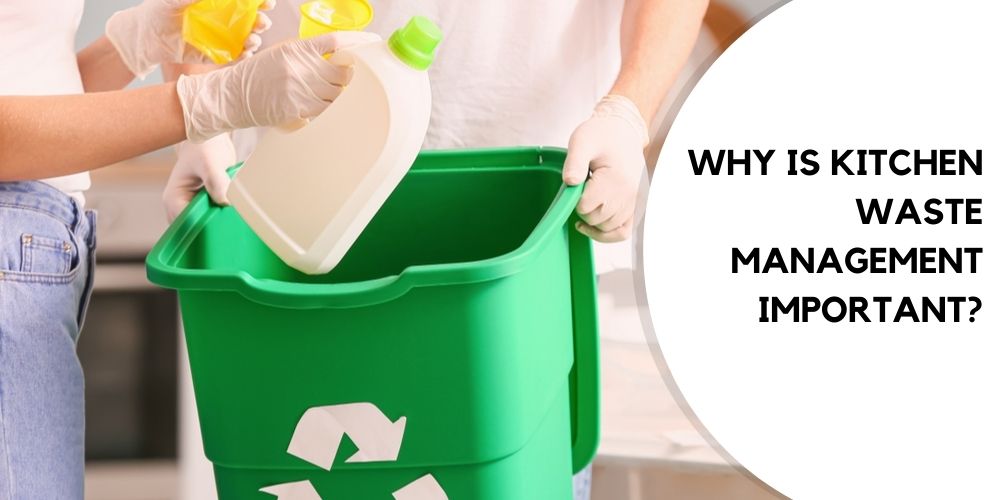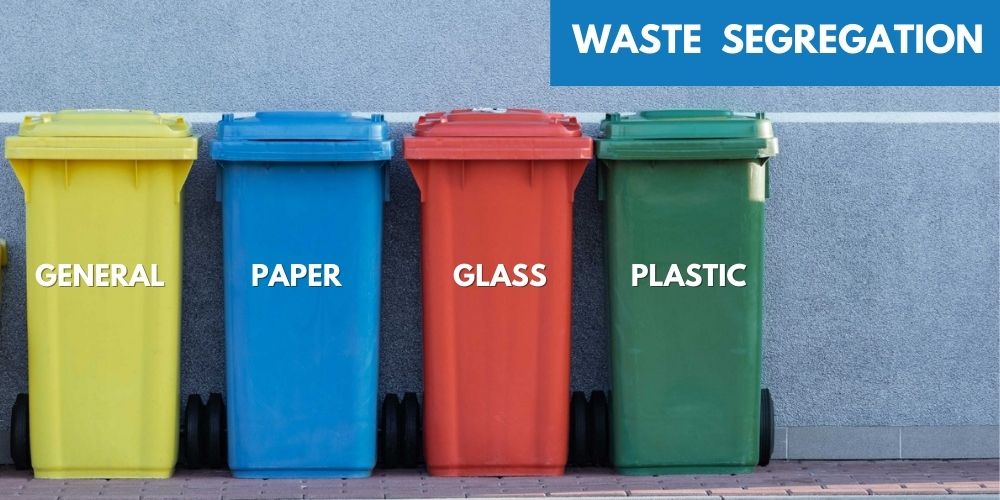
How to segregate household kitchen waste
Posted on 02-04-2022 05:06:41
Throwing waste in the dustbin is a superb dependency. However, this isn’t always the degree wherein the method of waste control ends or this is not the most effective function that must be performed by purchasers. Since Swacch Bharat came into movement, anyone got to recognize effective kitchen waste management but has all of us ever given a notion to what contributions they’re doing to hold the environment clean? Or what will take place to the rubbish that is thrown each day? Or how it is going to be treated? Or wherein it is going to be dumped? If we understand, maximum people rarely hassle about it. Therefore, there may be a pressing need for kitchen waste management in India.
Why is Kitchen Waste Management Important?

Segregation is the most important step in waste control and reducing waste. Diverse waste substances require distinctive approaches of treatment as mixed waste can not be dealt with. Waste is segregated as biodegradable wet waste and inorganic dry waste. It is very a great deal critical to segregate waste for kitchen waste control and every character must be made to examine its importance due to the fact:
A kitchen with proper waste segregation and waste control does now not attract sicknesses and pests. The waste segregation machine needs to have a separate area for wet waste which should be properly ventilated and far away from household pests. This will cause a miles purifier region. Segregation ends in a collection system that is greater handy and green for gathering organizations. Proper segregation is required for the functioning of waste incineration.
Separating Kitchen Waste

It is important to dispose of waste appropriately and responsibly Wastes can be divided into categories:
1)-Biodegradable waste includes organic waste, e.g. kitchen waste, vegetables, fruits, flowers, garden
2)-Non- biodegradable waste includes
3)-Recyclable waste- plastics, paper, glass, metal, etc
4)-Toxic waste: Old medicines, paints, chemicals, bulbs, spray cans, fertilizer and pesticide containers, batteries, shoe polish.
5)-Soiled: Hospital waste such as cloth soiled with blood and other body fluids.
6)-E-waste: Floppy disks, batteries, CDs, etc.
There are several things to keep in mind while managing kitchen waste:
1. Separate waste- Segregate the dustbins for dry and wet waste.
2. Maintain two bags for dry waste collection- paper, plastic, and other items that are recyclable,
for the rest of the household waste.
3. Keep glass /plastic containers rinsed of food matter
4. Store and send dry waste out of the home, once a week.
5. Use cloth bags instead of plastic.
6. Donate items when possible.
7. Dispose of biodegradable waste with the local garbage trucks or begin a composting pit in the garden
8. Keep a paper bag for throwing the sanitary waste.
Why should we segregate different types of wastes?
Household waste can without problems be separated into wet and dry waste with the help of shade-coded trash cans and kitchen waste boxes. It is critical that we segregate different types of waste at the very household level so as to reduce the burden on processing plants.
Our waste processing flora is reeling underneath the stress of increasing waste generation as they’re required to first separate recyclable waste from non-recyclable ones. This process takes time and additionally affects the high-quality of waste remedies. Not just household waste but industries need to additionally be held responsible and made to split the waste they generate at the factory stage.